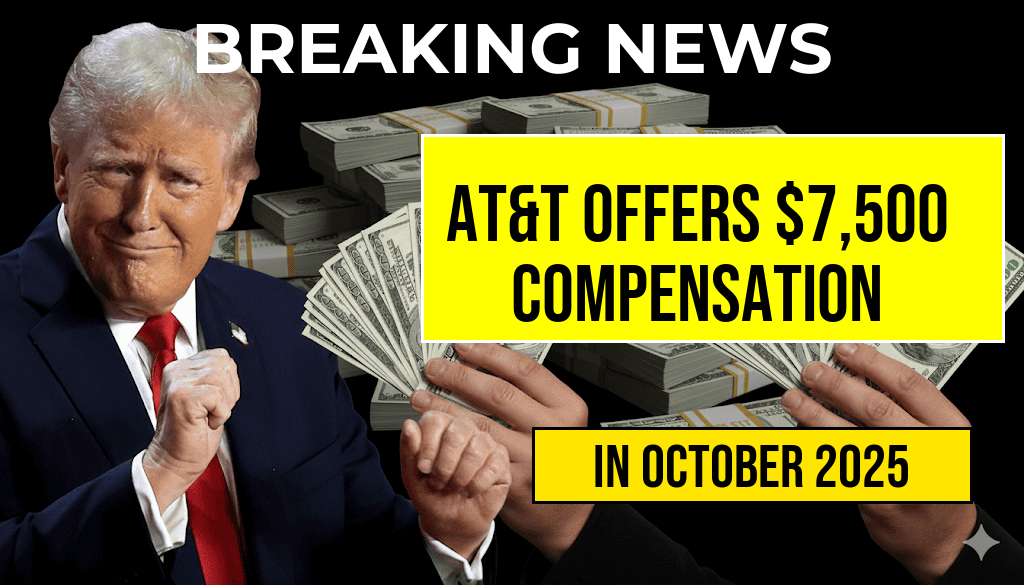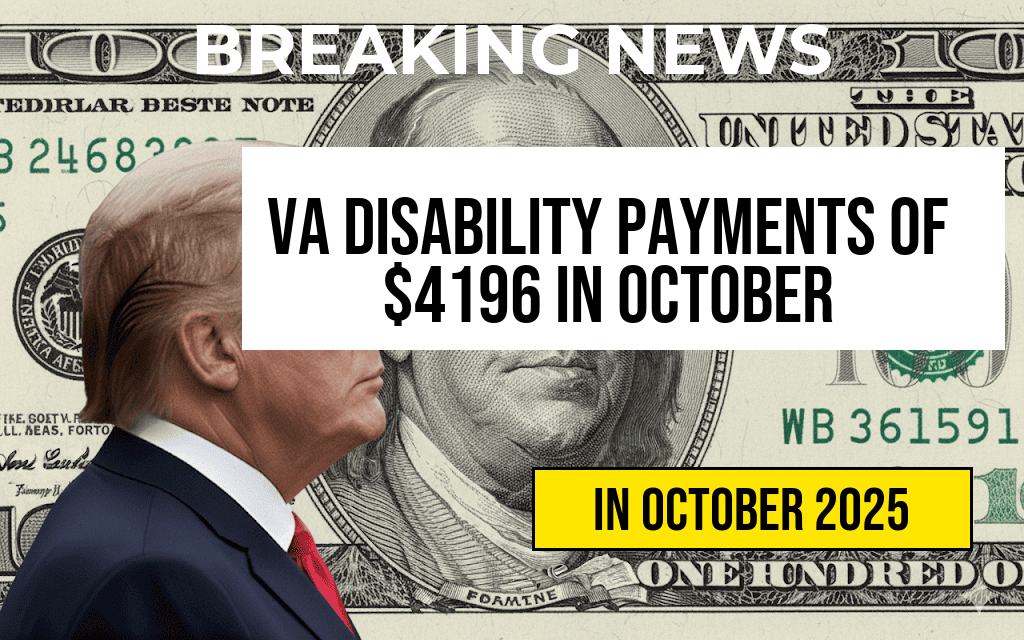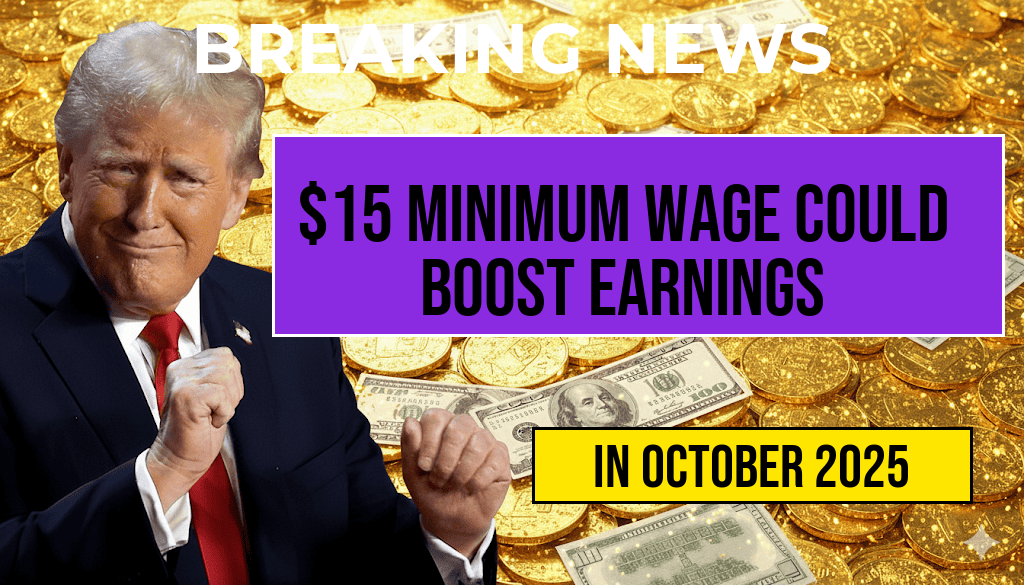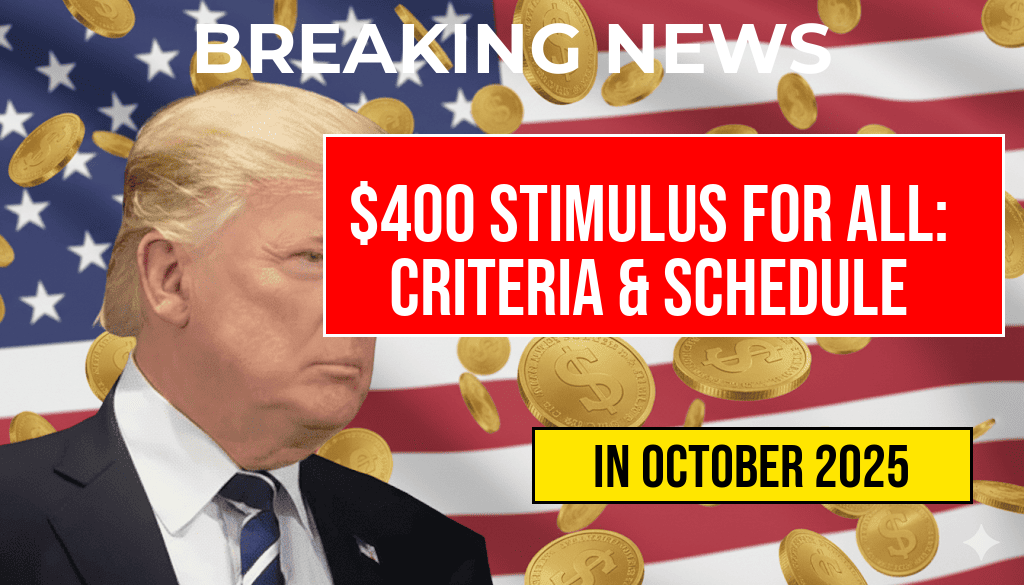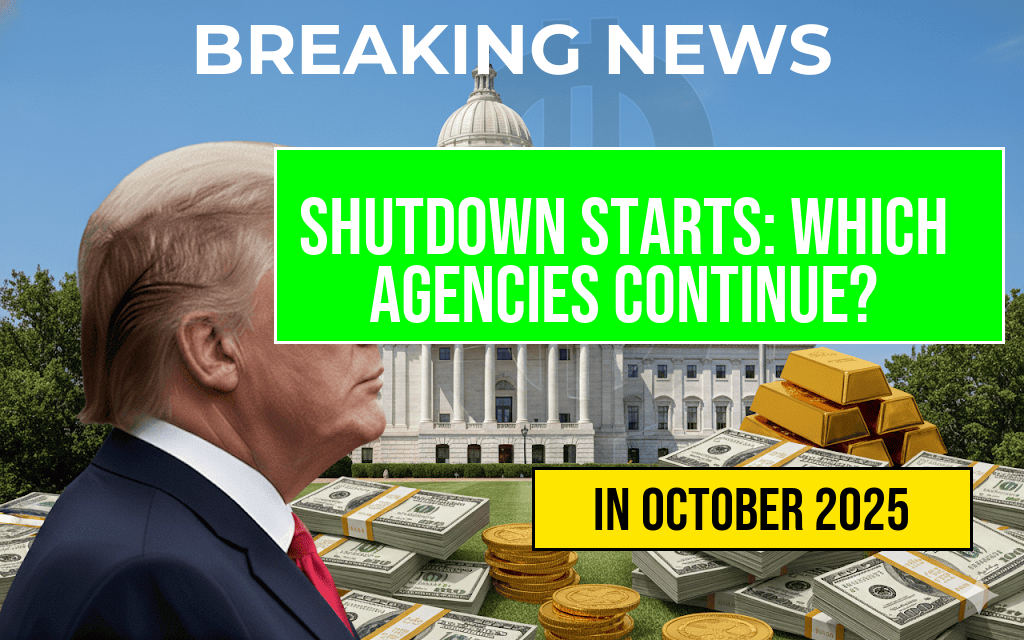A proposed increase in the federal minimum wage to $15 an hour could significantly impact millions of American workers. A recent study estimates that raising the minimum to this level would boost annual earnings for approximately 32 million workers by an average of $3,300 per person. This change could translate into a combined increase of nearly $106 billion in annual wages across the affected workforce, potentially altering economic dynamics for low-wage earners nationwide.
The analysis, conducted by researchers at the Economic Policy Institute, underscores how a $15 minimum wage would reshape income distribution, reduce poverty, and influence consumer spending. The findings arrive amid ongoing debates within Congress and among policymakers about advancing wage legislation, with advocates emphasizing economic justice and critics raising concerns about potential employment effects.
Understanding the Scope of the Wage Increase
The study focuses on workers earning less than $15 per hour, which currently accounts for roughly 17% of the U.S. workforce, according to the U.S. Bureau of Labor Statistics (BLS CPS Data). The analysis projects that lifting the minimum to $15 would directly affect nearly 32 million workers, many of whom are employed in retail, hospitality, healthcare support, and food service industries.
Key Demographic Groups Impacted
- Younger workers: Individuals aged 16-24 represent a significant portion of minimum wage earners, with many in part-time roles.
- Women: Women make up approximately 55% of workers earning near or below $15 an hour, highlighting potential gender equity impacts.
- Minority populations: Black and Hispanic workers are disproportionately represented among low-wage earners, suggesting the wage hike could help address economic disparities.
Projected Economic Benefits
| Number of Workers Affected | Average Annual Earnings Increase per Worker | Total Additional Wages (Billions) |
|---|---|---|
| 32 million | $3,300 | $106 billion |
According to the report, workers currently earning around $12 to $14 an hour would see the most substantial gains, with those earning closer to the current federal minimum ($7.25) experiencing increases upwards of 100% in some cases. The cumulative effect would not only elevate individual earnings but could also stimulate local economies through increased consumer spending, particularly among low-income households that tend to spend a higher proportion of their income.
Potential Economic and Social Impacts
Reduction in Poverty Levels
One of the primary arguments in favor of a $15 minimum wage is its potential to lift millions out of poverty. The Congressional Budget Office (CBO) estimates that such a policy could reduce the number of Americans living below the poverty line by approximately 1.3 million. This decline stems from increased earnings, decreased reliance on social safety net programs, and enhanced economic stability for low-wage workers.
Employment Considerations
While proponents highlight economic uplift, critics warn that a significant wage hike could lead to employment reductions or increased automation, particularly in sectors with tight profit margins. However, recent empirical studies, including those published by the National Bureau of Economic Research, suggest that moderate increases to the minimum wage have limited or no negative effects on overall employment levels.
Policy Context and Future Prospects
Several states and municipalities have already implemented or are considering raising their minimum wages to $15 or higher, creating a patchwork of wage standards across the country. The Biden administration has expressed support for a federal minimum of $15, viewing it as a step toward economic fairness and a way to strengthen the middle class.
Legislative efforts to raise the federal minimum wage have faced hurdles, with opposition from some lawmakers citing concerns over potential job losses and increased business costs. Nonetheless, the economic data indicating substantial earnings gains for millions of workers adds weight to the push for federal action.
Broader Implications for the U.S. Economy
Implementing a $15 minimum wage could also influence inflation, wage-setting patterns, and labor market dynamics. While some worry about inflationary pressures, others argue that increased consumer spending from higher wages could stimulate economic growth. The decision remains complex, with stakeholders across political and economic spectrums examining the potential benefits and risks.
As discussions continue, the findings from recent research highlight the considerable financial gains that could be achieved for millions of hardworking Americans. The movement toward a higher minimum wage reflects ongoing efforts to address income inequality and promote economic resilience in a changing labor landscape.
Frequently Asked Questions
What is the proposed increase in the federal minimum wage?
The proposed increase is to raise the federal minimum wage to fifteen dollars per hour.
How many workers could benefit from the minimum wage increase?
Approximately thirty-two million workers could see benefits from the wage increase.
What is the potential annual earnings boost for workers due to this increase?
Workers could see an increase of about three thousand three hundred dollars in their annual earnings.
How does raising the minimum wage impact workers’ income?
Increasing the federal minimum wage directly raises hourly wages, leading to higher annual earnings for millions of workers.
What are the potential economic benefits of raising the minimum wage to fifteen dollars?
Raising the minimum wage could improve financial stability for workers, reduce poverty levels, and boost overall consumer spending.

